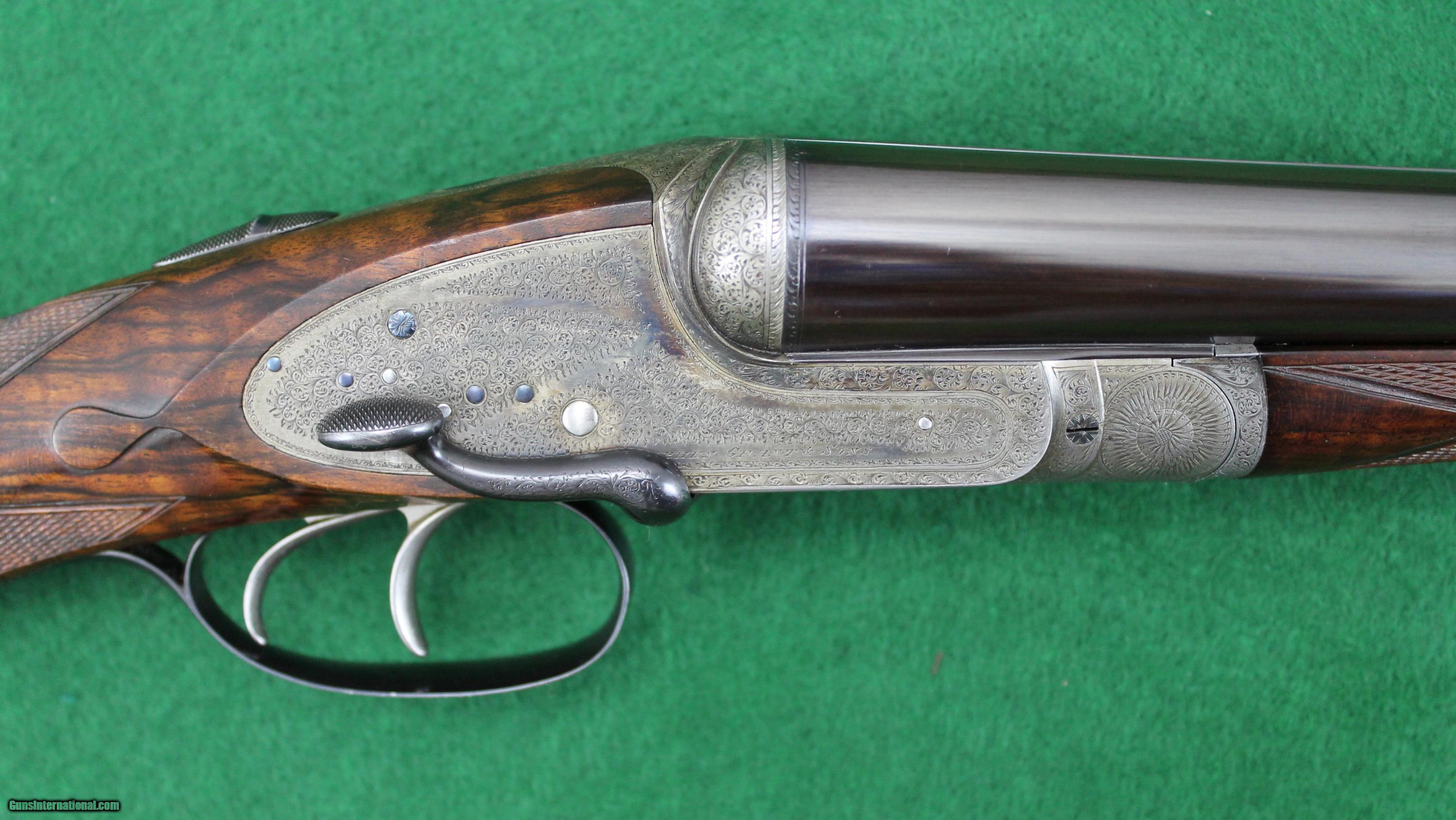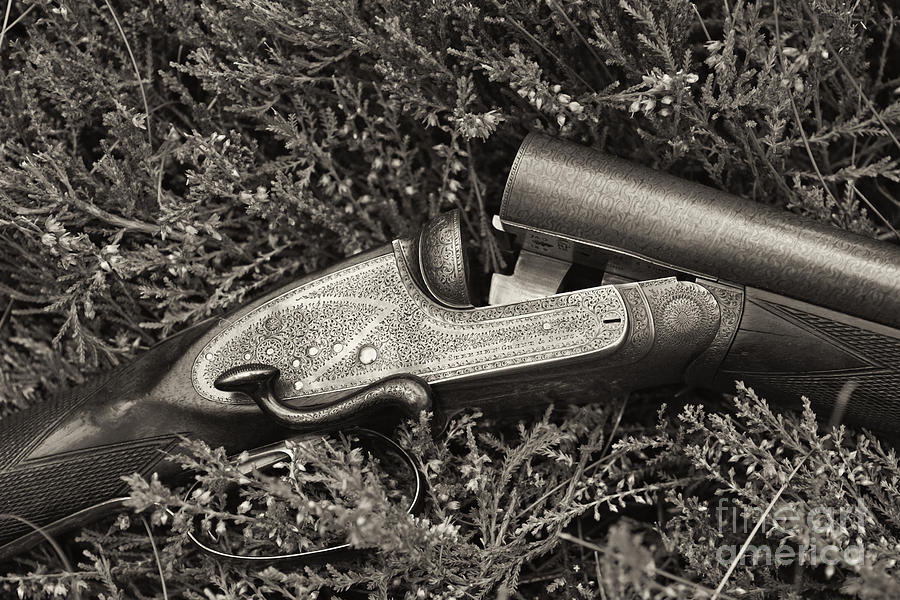

Those bearing simply ‘Stephen Grant’ on the locks were made between 18 a period of just twenty-two years.ĭuring his lifetime time, Grant achieved Royal warrants from The Prince of Wales, the Duke of Edinburgh, the King of Spain, the Russian Court, Queen Victoria and the Sultan of Turkey. Stephen Grant died in 1898, so guns in existence built during his lifetime span a period of thirty-one years. Use of the distinctive side-lever extended into the hammerless era and both his trigger-plate guns and his hammerless side-locks featured it, almost always on the right-hand side of the gun. In 1889, the company style became ‘Stephen Grant & Sons’. He continued building hammer guns into the 1880s but by 1882 was already offering hammerless side-locks. From 1867, when Grant started in business, to 1880, when Robertson sold him the rights for a hammerless, lever-cocking gun, invented by Horatio Phillips, Grant was building, predominantly, best-quality, centre-fire hammer breech-loaders. This period is, in my opinion, the most interesting one for Stephen Grant guns. Of course, Robertson went on to become owner of Boss, the firm that Grant had previously served as both employee and partner. Robertson had a supreme reputation as a gun maker and Grant won gold medals and First Class certificates at the Paris and Sydney exhibitions for guns finished and stocked by Robertson.

He went on to build hammer guns for the Earl of Aylesford, the Duke of Marlborough, the Earl of Antrim, the Duke of Buccleuch, Lord Carrington, the Duke of Rutland, the Marquis of Donegal, the Earl of Wiltshire and my ancestor, and part name-sake Edward FitzGerald, Duke of Leinster.Īs well as Edwin Hodges, many of Grant’s guns from this period were built by another London maker to the trade, John Robertson. They are 16-bores built on the Hodges 1866 pattern and cased individually.

He got one for his birthday and one for Christmas. Grant started the 1870s well, with an order from Queen Victoria for a pair of hammer guns to gift to her son, the Prince of Wales. However, once the patent rights to the Purdey bolt lapsed, Grant started building some bar-action, side-lever guns with a simple Purdey bolt rather than Hodges’ more complex system. The 1871 pattern is perhaps the best-known and classic ‘Grant Side-Lever’ that collectors refer to.

All these guns are generally of back-action, peninsular-lock form. The next Grant & Hodges collaboration was the 1871 triple-bite action, with twin bolts acting on lateral projections attached to the rear lump. Early examples have non-rebound locks and later ones have rebound locks. They generally have a Jones under-lever action. Grant guns built on the Hodges forend-cam patent of 1866 are relatively common. Hodges built guns for most of the London ‘names’ at one time or other and was a clever inventor, as well as a skilled gunmaker and astute businessman. Grant clearly formed a strong relationship with Edwin Hodges, a gunmaker to the trade with Islington workshops. This was the era of change-over from pin-fire to centre-fire and early Grant guns are to be found, made to both patterns, centre-fire quickly taking over. So, the earliest gun to bear the name ‘Stephen Grant’ dates from 1867 and the earliest number recorded is 2480. He remained as such until 1867, when he started his own business at 67A St James’s Street. Then in his mid-thirties, Stephen Grant went into partnership with Boss’s widow and became Managing Partner of the firm. Grant worked for Thomas Boss for about a decade, until 1857, when his employer died. James’s Street to work for Thomas Boss.īoth Boss and Lancaster had reputations for building guns of the highest quality, so as a gunmaker, Grant would have proven himself to be in the first rank. Management of the firm was taken over by Lancaster’s sons and, shortly afterwards, Stephen Grant moved to St. London was a hostile climate for young Irishman but Grant succeeded at his chosen craft and was retained by Lancaster until his death, in 1847. Between 18 around 300,000 native Irish went to the mainland in search of a better life. This period was one marked by the Irish Famine. and then crossed the Irish Sea and headed for London, where he began working as a gunmaker for Charles Lancaster. He apprenticed to William Kavanagh of Dublin, completing his training in around 1843. Stephen Grant was the son of a grocer, born in Ireland in 1821.


 0 kommentar(er)
0 kommentar(er)
